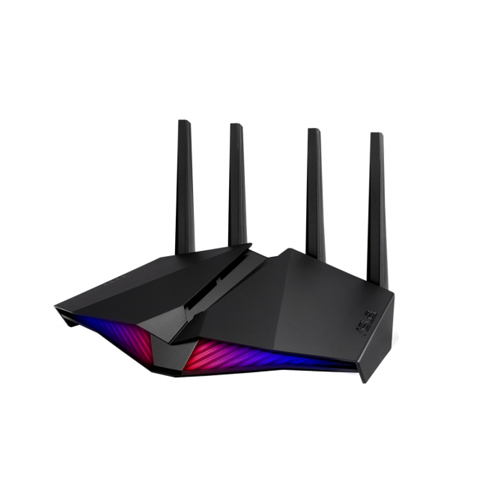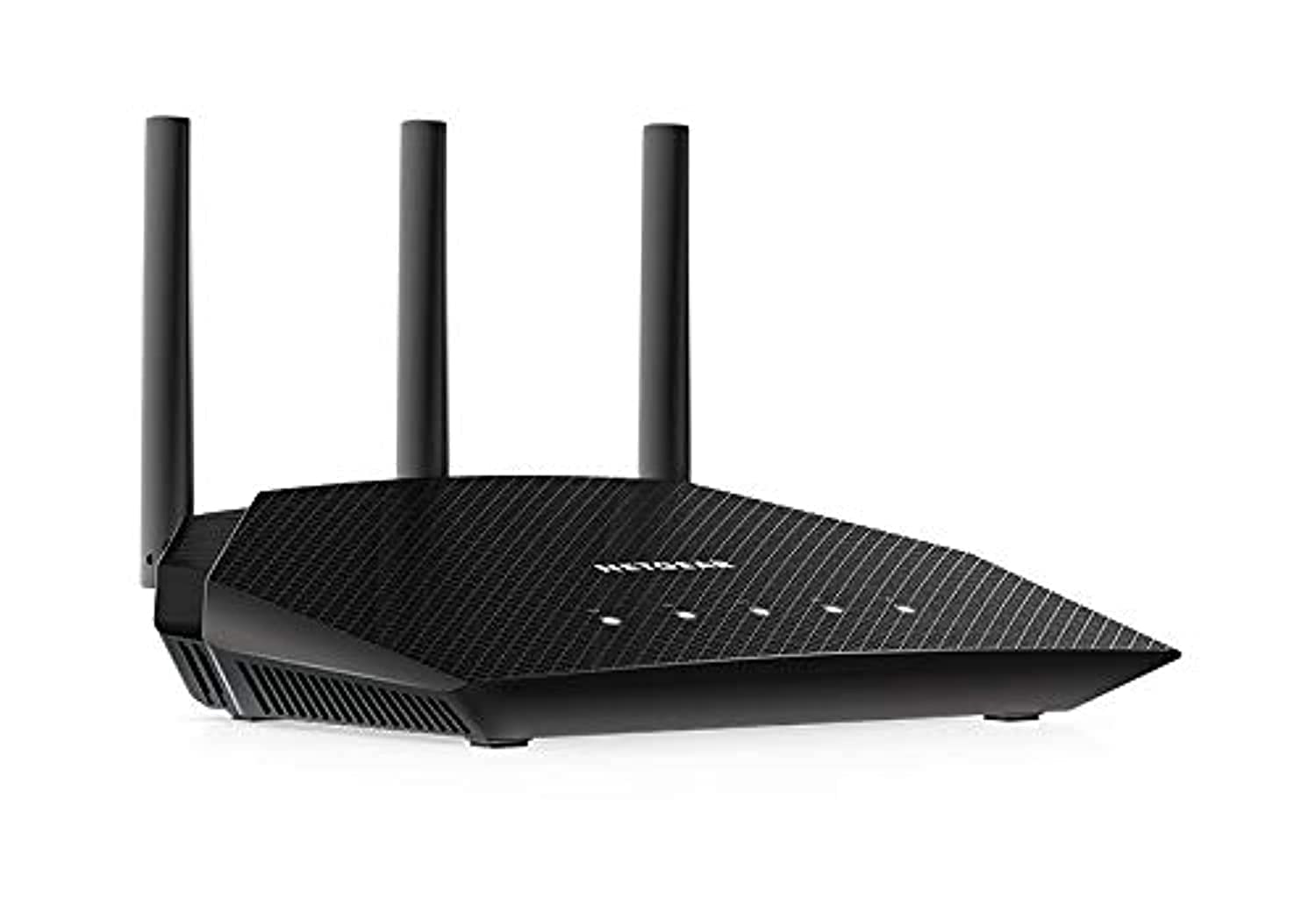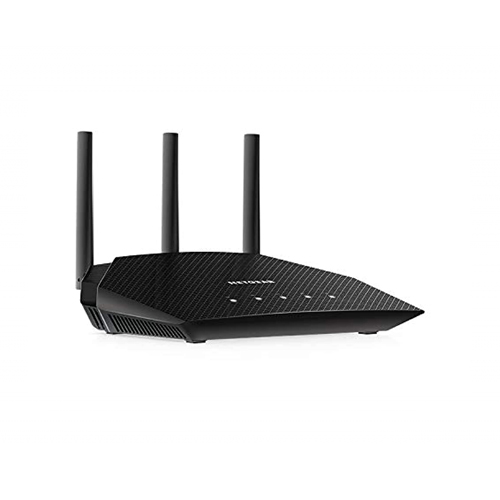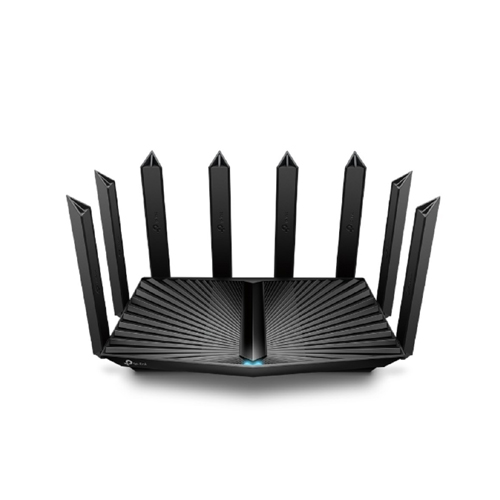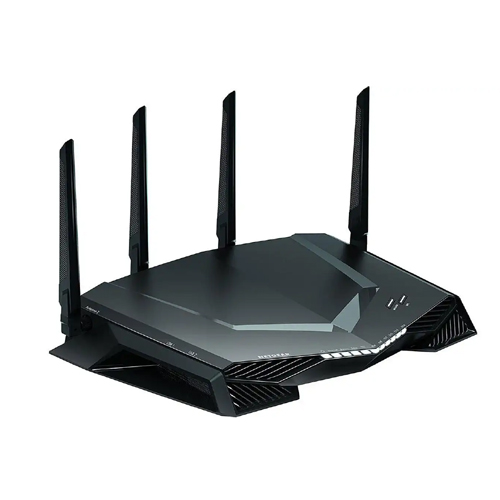About us
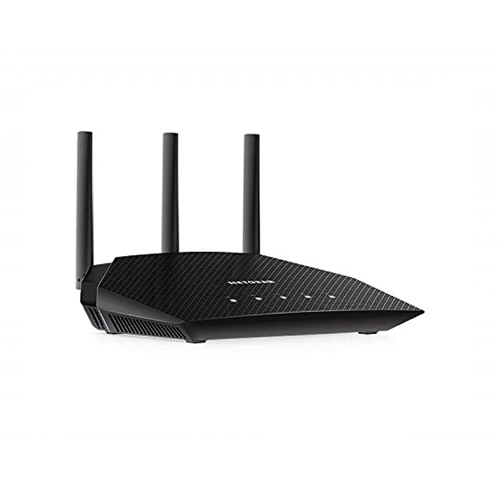
Router Setup
Router Setup is essential for establishing a reliable internet connection in your home or office. Begin by connecting the router to your modem using an Ethernet cable, then plug it into a power source. Once powered on, access the router’s settings by entering its IP address into a web browser, and follow the on-screen instructions or use the manufacturer’s app. Configure your network name (SSID) and create a strong, secure password. It’s also recommended to update the router’s firmware and adjust security settings like WPA3 encryption. Proper setup ensures a stable, secure, and fast wireless network for all connected devices.

Router Troubleshooting
Router Troubleshooting involves identifying and resolving common connectivity issues to restore stable internet access. Start by checking the power supply and ensuring all cables are securely connected. If the internet is still down, try restarting the router by unplugging it for 10–30 seconds and plugging it back in. Confirm that your modem is functioning properly and that your router’s indicator lights are normal. If the connection remains unstable, access the router’s settings via its IP address to check for firmware updates or reset the device to factory settings. Also, consider interference from nearby electronics or outdated hardware. If problems persist, contact your internet service provider or the router manufacturer for further assistance.
-
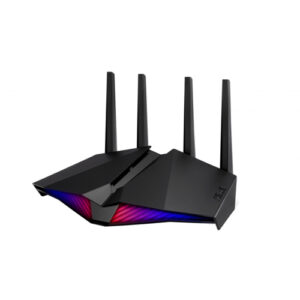
4-Stream Dual-Band WiFi 6 Router
$89.99 Add to cart -
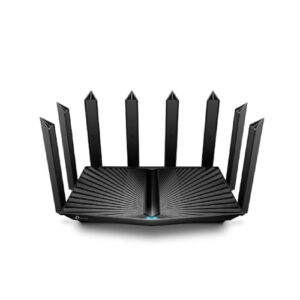
Dual Band WiFi Router
$349.99 Add to cart -

Dual-band WiFi Mesh Extender
$249.99 Add to cart -
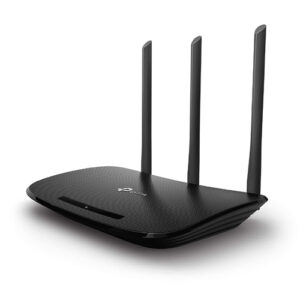
Nighthawk RAX10 Dual-band WiFi 6 Router
$149.99 Add to cart -
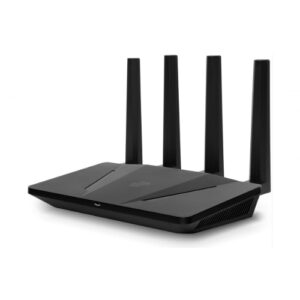
Nighthawk RAX10 Dual-band WiFi 6 Router – AX1800
$249.99 Add to cart -
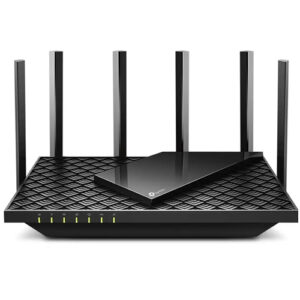
Nighthawk® 4-Stream Dual-Band WiFi
$249.99 Add to cart -

Nighthawk® X6S Tri-band WiFi Mesh Extender
$189.99 Add to cart -

Router
$149.99 Add to cart
book online
book a table

Router
Connecting a Router to a Phone allows your mobile device to access the internet through a Wi-Fi network. To begin, power on your router and ensure it's properly connected to the modem. On your phone, go to the Wi-Fi settings and look for the router’s network name (SSID), which is usually printed on a label on the router. Tap the network name, enter the Wi-Fi password when prompted, and wait for the connection to be established. Once connected, your phone will have internet access through the router. For the best experience, make sure the router is placed in a central location and that the signal strength is strong.
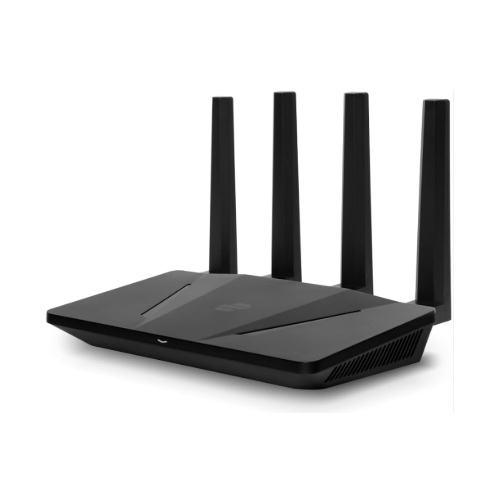
Router
A Wi-Fi router is a device that enables multiple devices—such as smartphones, laptops, smart TVs, and tablets—to connect to the internet wirelessly. It functions by receiving data from your modem, which connects to your Internet Service Provider (ISP), and then distributing that data to your devices via radio signals, typically over the 2.4 GHz and 5 GHz frequency bands. Each connected device is assigned a unique IP address, allowing the router to manage and direct internet traffic efficiently. Modern routers often include built-in security features like firewalls and WPA3 encryption to protect your network from unauthorized access. Some advanced models also support features such as Quality of Service (QoS) settings, which prioritize bandwidth for specific applications or devices, and guest networks to provide internet access to visitors without granting access to your main network. Proper placement of your router in a central location can enhance signal strength and coverage throughout your home or office.

